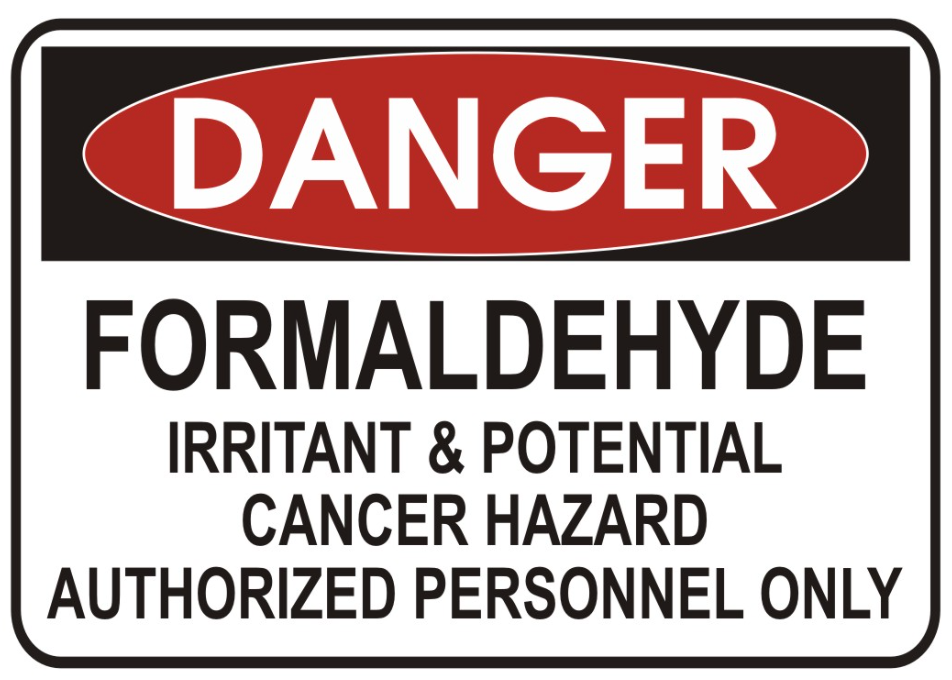Monitoring air for formaldehyde can be important in certain situations, depending on your circumstances and concerns. Formaldehyde is a colorless, pungent gas that can be found in indoor environments, and its presence can have health implications. Here are some reasons why monitoring air for formaldehyde might be important:
-
Health Concerns: Formaldehyde exposure is associated with various health problems, including eye, nose, and throat irritation, respiratory issues, and, in some cases, it may be linked to long-term health effects, such as an increased risk of cancer. If you or someone in your household has preexisting respiratory conditions or sensitivities, or if you're concerned about potential health risks, monitoring formaldehyde levels can help identify and address any elevated concentrations.
-
Indoor Air Quality: Elevated levels of formaldehyde in indoor air can indicate the presence of sources that release this chemical, such as certain building materials, furniture, flooring, or household products. Monitoring formaldehyde levels can help you identify and mitigate sources of indoor air pollution, improving overall indoor air quality.
-
New Construction or Renovations: During construction or renovation projects, formaldehyde-containing materials like particleboard, plywood, and adhesives may be used. Monitoring formaldehyde levels can be crucial to ensure that these materials are properly sealed, ventilated, or replaced if necessary to prevent excessive formaldehyde exposure.
-
Furniture and Decor: Some furniture and decor items, such as pressed-wood products and upholstery, may release formaldehyde over time. If you have concerns about the materials used in your furnishings, monitoring can help you make informed decisions about potential replacements or improvements.
-
Occupational Settings: In some workplaces, formaldehyde may be used or generated as part of industrial processes. Occupational exposure monitoring is essential to protect the health and safety of workers in these settings and ensure compliance with workplace safety regulations.
-
Regulatory Compliance: In some regions, there are regulations and standards in place that limit formaldehyde emissions from certain materials and products, such as composite wood products. Monitoring may be required for compliance with these regulations.
While monitoring air for formaldehyde can be important in specific circumstances, it may not be necessary for everyone. If you have concerns about formaldehyde exposure or indoor air quality, you can consider conducting air quality testing or using air monitors specifically designed to measure formaldehyde levels. If you suspect a problem or have health concerns, consulting with an environmental professional or healthcare provider can be a valuable step to assess and address potential risks.

